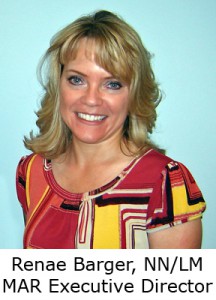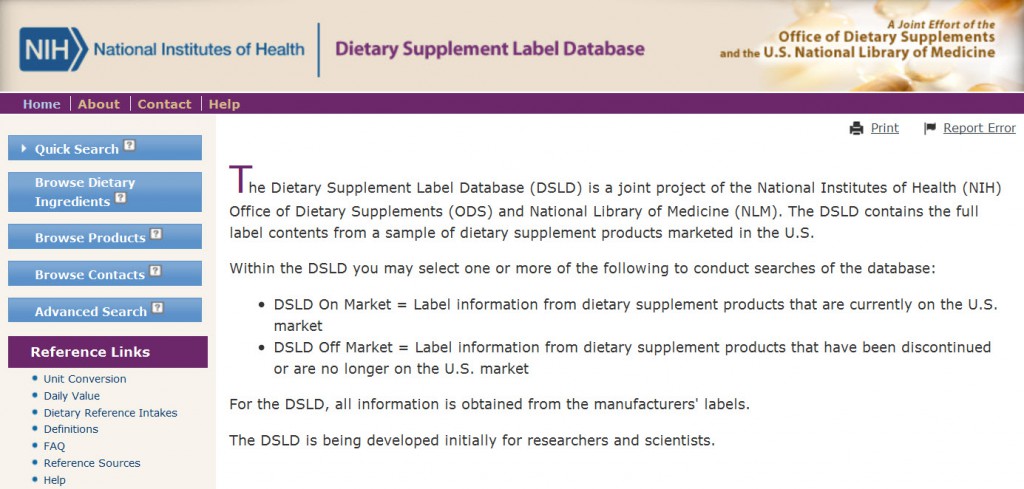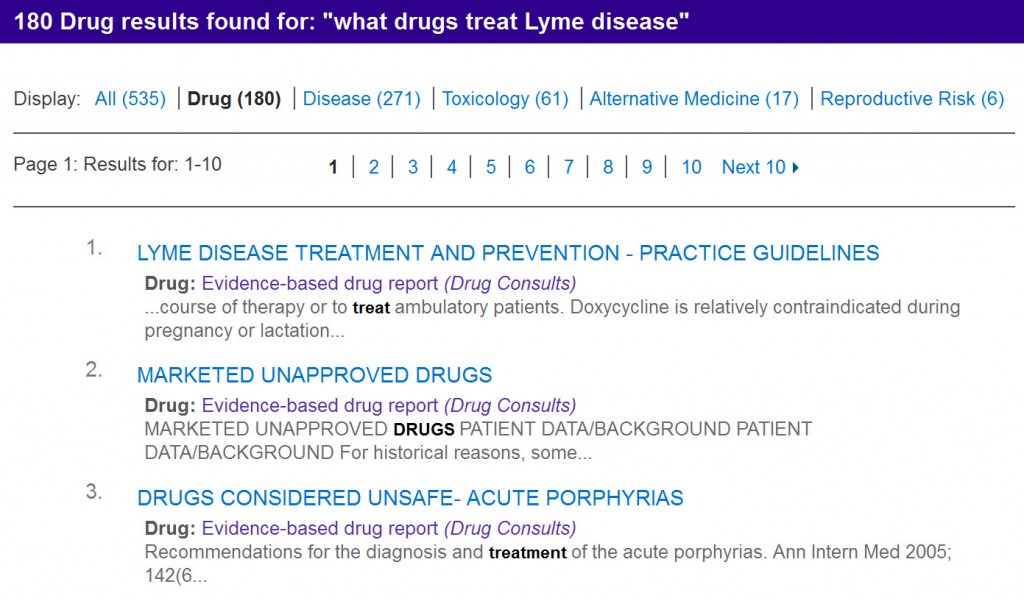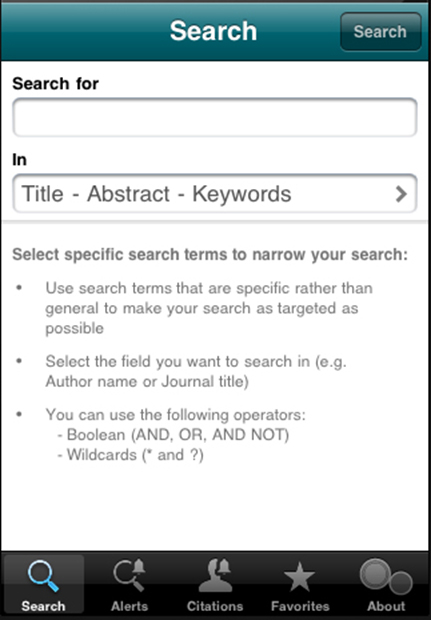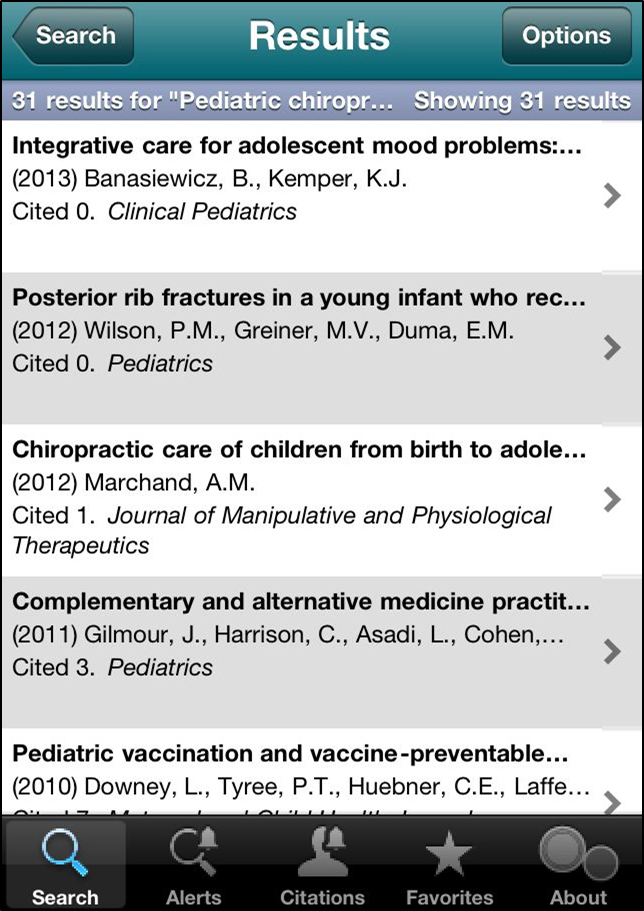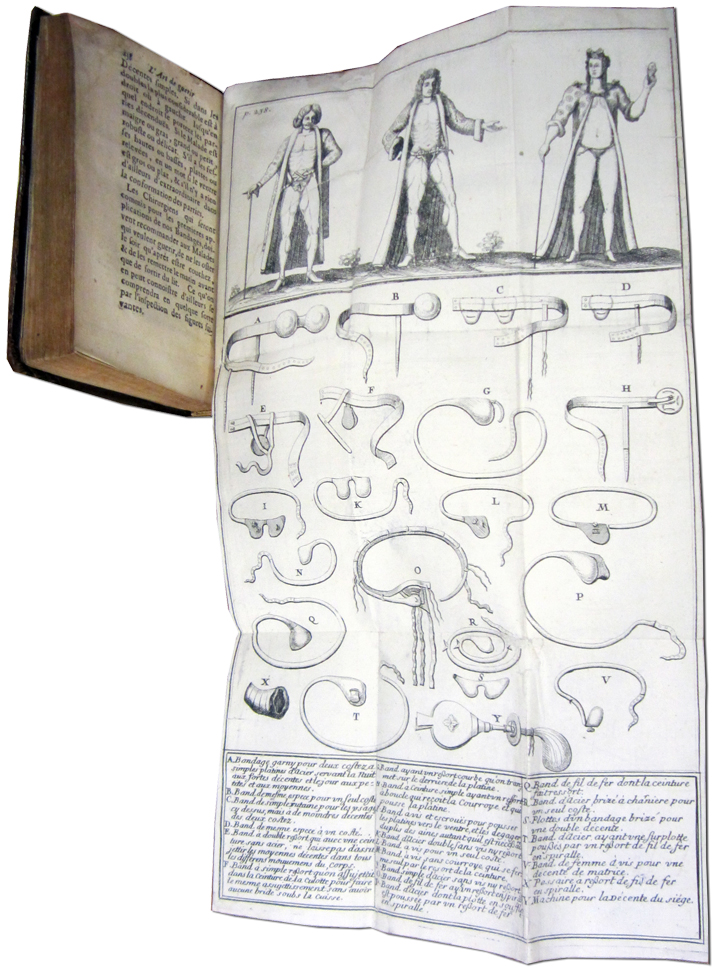HSLS offers classes on database searching, software applications such as Adobe Photoshop, bibliographic management, molecular biology and genetics, and library orientations. For more information, visit the online course descriptions.
Classes are held on the first floor of Falk Library (200 Scaife Hall) in Classroom 1 and on the upper floor of the library in Classroom 2. All classes are open to faculty, staff and students of the schools of the health sciences at the University of Pittsburgh. They are also open to UPMC residents and fellows.
No registration is required for any of these classes. Seating for classes is first-come, first-served, until the class is full. Classes marked with an asterisk (*) qualify for American Medical Association Category 2 continuing education credit.
Class schedules are subject to change. Please consult the online class calendar for the most current information.
Faculty, staff and students of the schools of the health sciences will need a valid Pitt ID or e-mail account to attend these classes. UPMC residents/fellows will need to show their UPMC IDs.
HSLS ORIENTATION
Introduction to HSLS Resources and Services at Falk Library
(Meet inside entrance to Library)
Offered upon request to groups or individuals. Call 412-648-8866.
SEARCHING DATABASES
Painless PubMed* (Falk Library Classroom 1)
| Tuesday, August 6 | Noon-1 p.m. |
| Wednesday, August 14 | 4-5 p.m. |
| Thursday, August 22 | Noon-1 p.m. |
SOFTWARE TRAINING
EndNote Basics (Falk Library Classroom 2)
| Thursday, August 8 | 1-3 p.m. |
PowerPoint for Conference Posters (Falk Library Classroom 2)
| Monday, August 5 | 12:30-2:30 p.m. |
CUSTOMIZED CLASSES
Customized classes can be developed for your department, course, or other group.
FLASHCLASS
FlashClass is a “deal of the week” Groupon-like offer of timely and useful learning. Each week’s offer proposes one or two topics, and you’re invited to sign up to attend a one-hour class the following week. If at least three people sign up, we’ll hold the class. (We’ll notify you either way.)

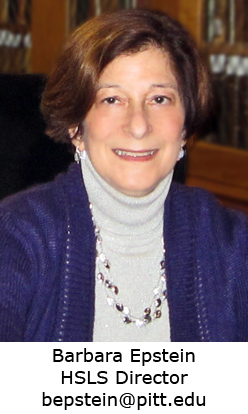
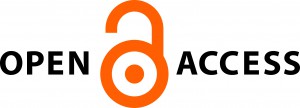 For health care and academic administrators facing ongoing financial challenges, the open access (OA) initiative and mandates for free public access to scholarly literature will continue to gain importance. Librarians play a role in explaining the difference between public access and OA.
For health care and academic administrators facing ongoing financial challenges, the open access (OA) initiative and mandates for free public access to scholarly literature will continue to gain importance. Librarians play a role in explaining the difference between public access and OA. 